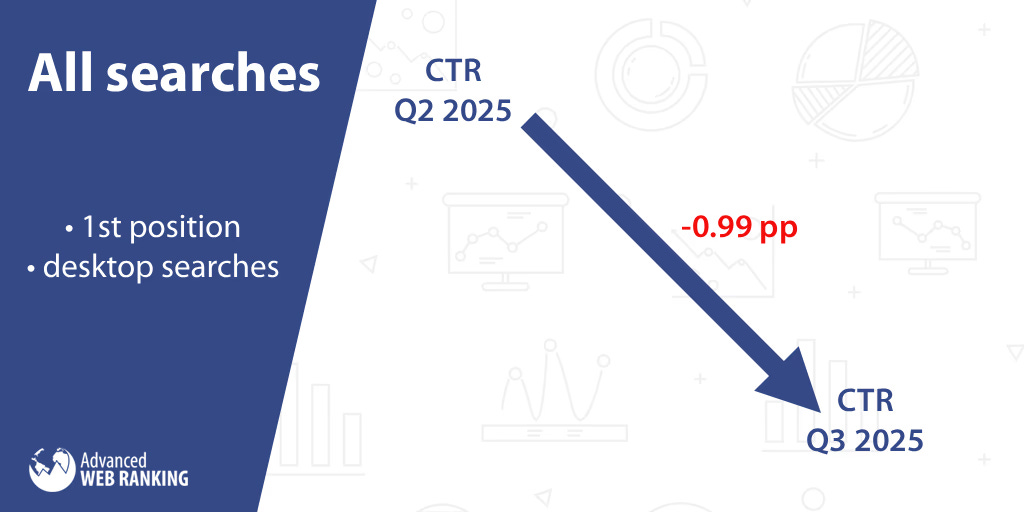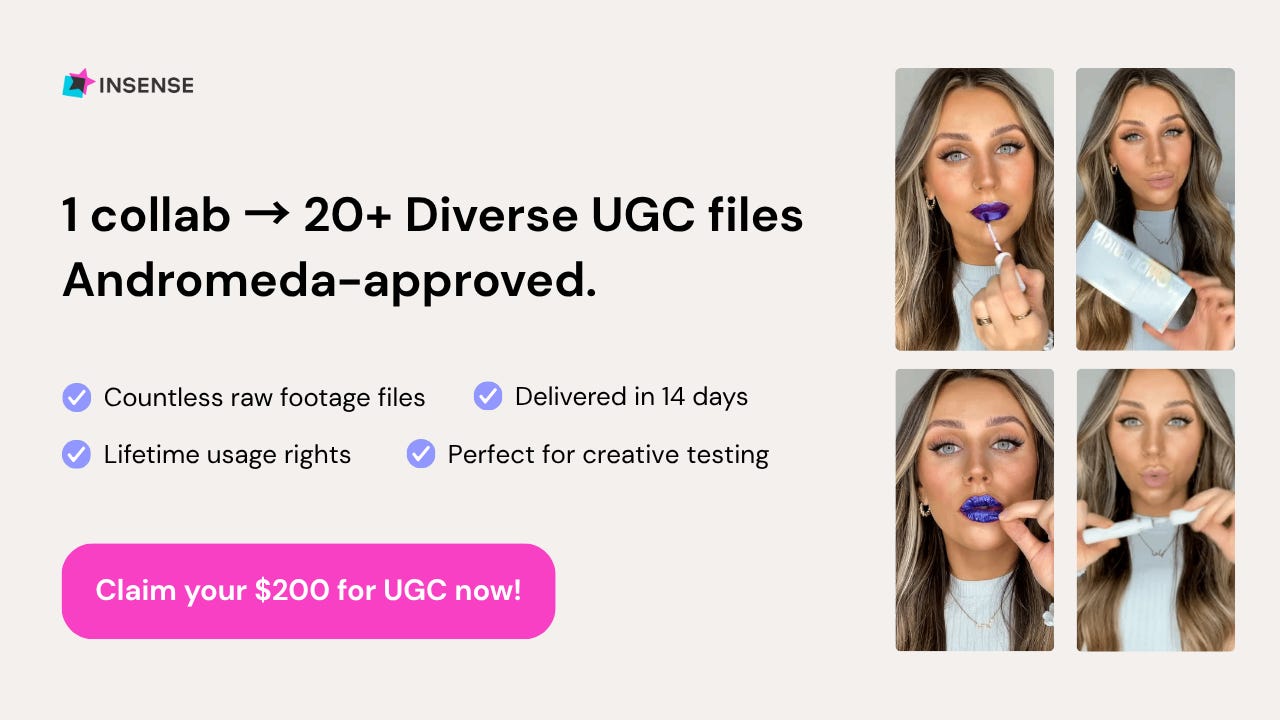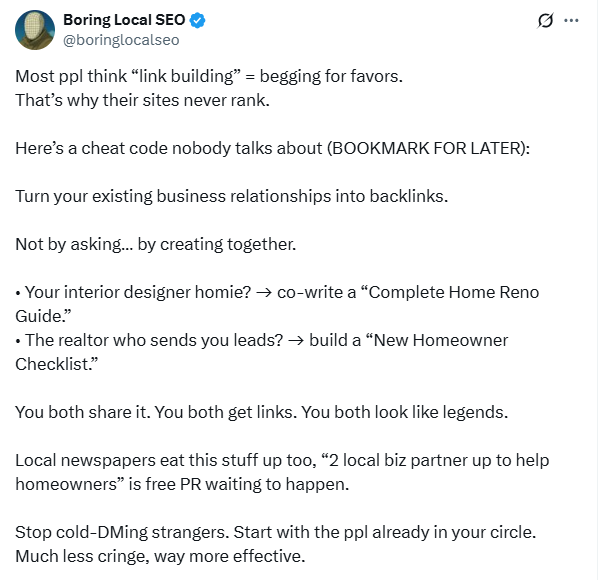Proof decides the real price
💎Stronger the proof, bigger the price play room, Google CTR shifts Q3 overview, and more!
Howdy Readers 🥰
In this newsletter, you’ll find:
💎Proof decides the real price
📊 Google CTR Shifts Q3 Overview
🚀Quick Hits
If you’re new to Buyology then a hearty welcome to you, You’ve reached the right place alongside 50k+ amazing people, Before you forget, if someone forwarded this newsletter to you, don't forget to subscribe to our newsletter so you never miss out!
Together with Lindy
Meet the AI That Actually Gets Work Done
Ever wish ChatGPT could actually do the work, not just talk about it?
That’s Lindy, your 24/7 AI employee that builds, runs, and delivers without a single line of code. Just describe what you need, and Lindy handles the rest, from automating leads to managing weekly reports while you focus on growth.
Create booking platforms and lead follow-ups in minutes
Automate reporting, sales, and support across your stack
Reclaim 10+ hours a week without adding headcount
Top operators call Lindy their “AI team that never sleeps,” driving faster turnarounds, fewer errors, and more profitable weeks.
Picture waking up to new leads handled, reports ready, and no missed tasks, all without hiring a single person.
Claim $20 in free credits and automate your first workflow today!
💎Proof decides the real price
I watched someone pick up a $120 product the other day.
They didn’t flinch at the number. They paused because the brand never explained why that number made sense.
It wasn’t the price that lost them; it was the silence around it. That moment says everything about how premium brands actually win.
Customers don’t recoil from high prices. They recoil from uninterpreted prices, numbers that arrive without a story attached. And once you understand that, the whole game changes.
1. The Pause Before the Price: Where the Real Friction Lives
That tiny beat. The half-second where the buyer tries to understand the meaning behind the price is the real battlefield.
In that pause, the brain is scanning for signals:
“Is this number tied to craft?”
“Or is this number tied to ego?”
“Is this the real cost of doing it right?”
“Or is this a dressed-up commodity?”
The distance between the number and the explanation is what I call the Meaning Gap. A wide gap feels risky. A narrow gap feels premium.
Most premium brands aren’t losing to price. They’re losing to the gap.
2. Meaning Before Money: The Shift That Collapses the Gap
Here’s the move that changes everything:
Define the meaning before the customer spends the money. Not with hype. Not with marketing gloss. With the truth they never get to see:
The materials you chose
The labor standards you refused to compromise
The testing you insist on
The steps you kept that cheaper brands skip
The variables you won’t cut, even if margins look prettier
The story behind the price is what gives the price its shape. Show the story first, and the number stops feeling sharp.
3. Customers Don’t Want Cheaper, They Want Clarity
Across categories, skincare, fashion, home goods, digital programs, wellness, people behave the same way:
They’re not asking,
“Can I afford this?”
They’re asking,
“Does this number accurately represent the difference?”
This is why two $90 products can feel like two completely different worlds.
The price isn’t the difference. The narrative around the price is. Premium pricing becomes believable when the buyer understands the trade-offs you refuse to make:
“We could’ve used cheaper fabric, but it wouldn’t drape the same.”
“We could’ve used synthetic fragrance, but it wouldn’t be safe on sensitive skin.”
“We could’ve outsourced it, but the texture would suffer.”
“We could’ve made it lighter, but it wouldn’t last a decade.”
“We could’ve cut down the steps, but the performance would drop.”
People trust the cost of what you won’t compromise more than the benefit of what you add. Premium Isn’t a Price Point; It’s a Set of Non-Negotiables. This is the moment it clicks:
Premium brands aren’t defined by how high the price goes. They’re defined by how low they refuse to go. When the buyer sees your line in the sand, they understand the number naturally, without persuasion, without theatrics.
You’re not defending the price. You’re revealing it, and once the meaning is clear, the price stops being a barrier and becomes a filter, attracting the right customers and releasing the wrong ones.
If you want, I can turn this into a static ad version, a carousel, or even a Meaning Gap diagnostic brands can use internally.
📊 Google CTR Shifts Q3 Overview
Google’s Q3 CTR data shows how click patterns shifted across branded, commercial, and multi-word searches compared with the previous quarter. The findings reflect global behavior across desktop and mobile.
The Breakdown:
1. Branded CTR Redistribution - Branded desktop searches saw position 1 drop 1.52 points while positions 2–6 gained 8.71 points, showing deeper SERP exploration. Unbranded searches stayed mostly unchanged, signaling the shift is brand-specific. Users now scan multiple listings instead of defaulting to the first result.
2. Commercial & Local Declines - Commercial two-word queries like “buy” or “price” saw position 1 fall 3.01 points and position 2 fall 1.19 points, driven by richer SERP modules. Local searches dropped too, with desktop position 1 down 2.52 points and mobile down 2.13 points.
3. Query Length Stability - Shorter desktop queries lost top CTR, with two-word terms down 1.22 points and three-word terms down 1.24 points at position 1. Four-plus-word searches remained the only stable group across desktop. On mobile, one-word queries rose 1.52 points, showing device-driven differences in behavior.
CTR is shifting even when rankings stay steady, meaning top positions no longer guarantee the same click concentration they once did. Branded and commercial SERPs are spreading clicks further down the page, and short desktop queries remain the most volatile.
Together with Insense
3 ways to beat Meta Andromeda with diverse modular UGC
Andromeda’s update just changed the game for ad creatives, and most brands don’t even realize it yet.
The Meta algorithm now quietly flags look-alike creatives as duplicates, killing performance before your ads even reach the auction.
Here are 3 ways leading eComm brands are staying ahead:
1. Increase creative diversity with more faces:
Andromeda now demands variety. Reusing the same creators, tones, or aesthetic signals triggers instant fatigue. Bring in a wider pool of creators to inject new personas, energies, and visual identities into your mix.
2. Build modular UGC systems, not one-off videos:
Turn each creator collab into dozens of unique hooks, angles, and CTAs. Modular content ensures you always have Andromeda-approved variations ready to test.
3. Scale output with Partnership Ads
Use creator-led ads to boost engagement, reset fatigue signals, and run ads directly from influencer accounts - especially now that Meta is favoring Partnership Ads.
Join 2000+ brands using Insense to scale diverse, modular, Andromeda-ready content.
With 70K+ vetted creators across 35+ countries, creators apply directly to your briefs - and you get modular UGC delivered fast with lifetime usage rights.
Expand creative diversity now!
Book a free strategy call by November 28 to get $200 towards your first collab!
🗝️ Tweet of the Day
Advertise with Us
Wanna put out your message in front of over 50,000 best marketers and decision makers?
Checkout our Partner Kit here🤝
At Buyology, we care about our readers and want to provide the best possible experience. That's why we always look for ways to improve our content and connect with our audience. It would be amazing if you could hit us up with feedback about our content or absolutely anything, we are always up for a chat 🥰
Thanks for your support, We'll be back with more such content 🥳




